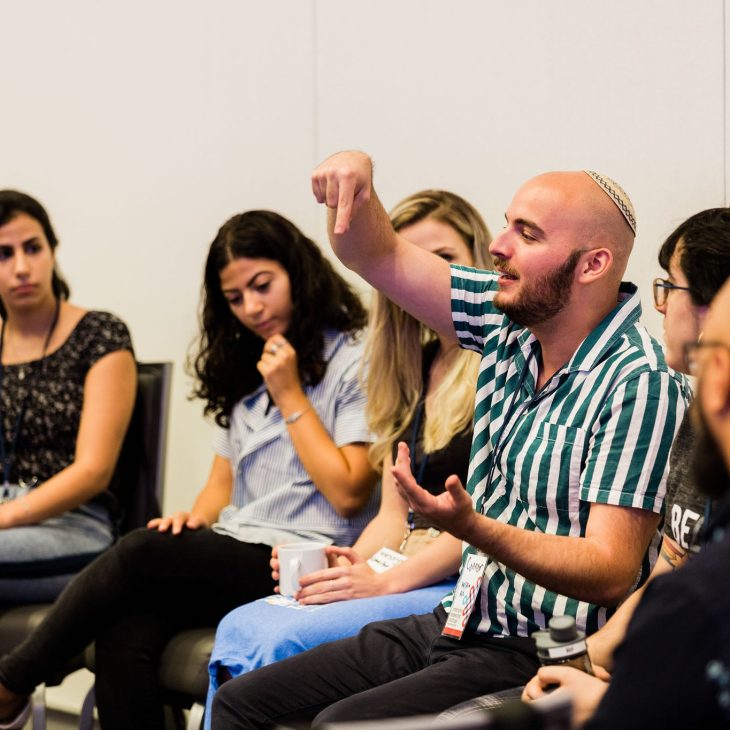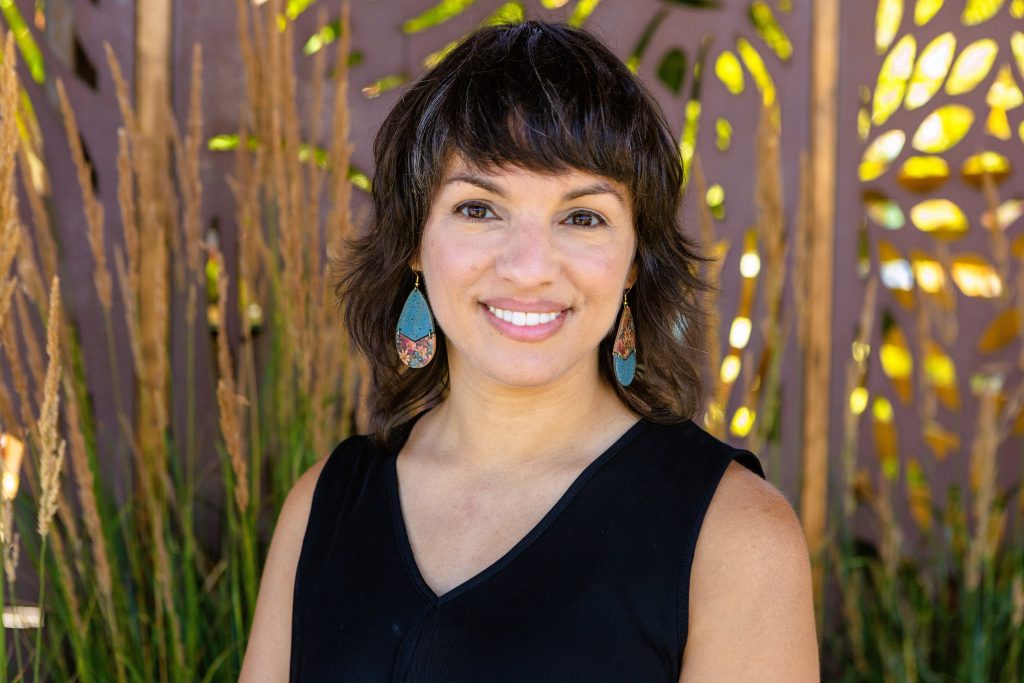9 Actions Colleges Can Take to Promote Religious Diversity
August 23, 2020

What concrete steps can higher education leaders take to promote religious diversity on campus this fall?
A few months ago, I joined the IFYC staff to help faculty, staff, and administrators answer this question using new findings from an unprecedented study of interfaith engagement and religious diversity in college—the Interfaith Diversity Experiences and Attitudes Longitudinal Survey (IDEALS). But though I am new to IFYC, I have been involved with IDEALS as a researcher since its inception in 2014. At that time, I was fortunate to join a talented team of scholars and practitioners working tirelessly to ensure the success of IDEALS—from its earliest beginnings as a pilot study to the present. Now, the fruits of that labor can be seen in a comprehensive report that showcases high-level findings from IDEALS in its entirety.
In addition to shedding light on college students’ experiences with religious diversity throughout their college years, the latest IDEALS report includes actionable, data-driven recommendations for campus leaders who are interested in improving interfaith learning and development. Utilizing these best practices is one of the best ways to foster interfaith cooperation within higher education. For this reason, I encourage anyone invested in interfaith leadership—from VPs and department heads to program directors and residential life staff—to carefully consider how the following recommendations might inform positive change within their institutional contexts.
For college and university leaders at the highest levels (e.g., presidents, vice-presidents, and provosts) who are prepared to invest broadly in developing students’ interfaith competencies, the following recommendations should be considered:
Send the message that your institution values all religious and worldview identities. Whether you dedicate space on campus where all students can express their worldviews, endorse the formation of religiously-focused student organizations, or hire staff who are responsible for supporting diverse religious groups, you send a message that religious diversity is valued. Students who experience personal acceptance on campus are more likely to make gains in their interfaith learning and development.
Focus on teaching positive regard for all. At institutions where the student body collectively shows positive attitudes toward people with diverse beliefs, student attitudes toward specific religious minority groups are also more favorable. In other words, when it comes to cultivating appreciation for religious differences, a rising tide lifts all boats. For higher education leaders, this means that espousing inclusion for all can improve the campus experience for specific groups of students who struggle to feel welcomed and supported.
Expand religious, spiritual, or interfaith diversity policies. Creating policies that promote inclusion of different worldviews—such as formal accommodations in the academic sphere, offering food options that meet particular religious dietary needs in the dining halls, and explicitly naming religion in campus diversity statements—is a powerful way to affirm your institution’s commitment to religious diversity. The mere presence of such policies is linked to students’ interfaith learning and development, underscoring the capacity of institutional measures to tangibly affect students across campus.
Make interfaith experiences mandatory for all students. Students are more likely to develop interfaith competencies when they have at least one curricular experience focused on religious diversity while in college. Participating in at least two structured interfaith activities outside the classroom is also impactful, especially when those activities occur in the first year of college. For campus leaders who are serious about cultivating interfaith learning and development, consider requiring student participation in activities that expose them to different worldview perspectives.
Expand interfaith programming. On campuses that provide more religious, spiritual, and interfaith programs, students demonstrate greater interfaith learning and development. Simply offering such programs influences campus-wide student growth, regardless of student participation rates. Therefore, investing in a diverse array of interfaith initiatives may serve as an ideal starting point for campus leaders dedicated to helping students gain appreciation for worldview differences and learn how to bridge religious divides.
All educators who work directly with students have the ability to make an impact. Transformative learning can be realized if programs are designed to do the following:
Challenge assumptions and prompt perspective-taking. Opportunities for students to rethink assumptions about different worldviews (including their own) and consider how others see the world are often powerful moments of learning and development. These provocative encounters can take shape in myriad ways both inside and outside the classroom. Though they might feel risky, the benefits of provocative encounters are substantial, and educators should not shy away from them.
Create occasions for interfaith friendships to flourish. Friendships between students with different worldviews, especially those formed during the first year of college, have tremendous power to build students’ interfaith capacity. While it is not possible to foster authentic friendships directly, educators can create the conditions for such relationships to evolve. Wherever students interact in sustained and meaningful ways—in leadership trainings, class projects, or study abroad cohorts, to name a few examples—educators can incorporate activities that encourage interfaith engagement and offer support in navigating religious differences effectively.
Provide opportunities for informal interaction between religiously diverse students. Social activities provide some of the best occasions for students of diverse perspectives to come together. Dining, studying, or socializing with people who hold different beliefs, even if those beliefs are not explicitly discussed, impacts student learning and development. Residence hall social events, study groups, and activities that bring students together to share a meal are all examples of programs that educators can utilize with the aim of interfaith engagement in mind.
Appeal to students whose interfaith competencies warrant special attention. By the final year of college, certain groups of students—including atheists, evangelical Christians, political conservatives, STEM majors, and men—appear less inclined to value bridge building across religious divides. Members of these groups are often influential on campus and in society; therefore, it is critical to give special attention to their learning and development while in college. Educators should be proactive in developing programs that are relevant, accessible, and culturally appropriate for these groups to maximize their participation.
To learn more about IDEALS and the survey findings that informed these recommendations, I invite you to read our latest report, IDEALS: Bridging Religious Divides through Higher Education , or contact us to discuss next steps for advancing interfaith cooperation on your campus.
Share
Related Articles
American Civic Life
American Civic Life
We Commemorate, We Commit: Out of Catastrophe, a Conversation on Connection and Repair
Higher Education



